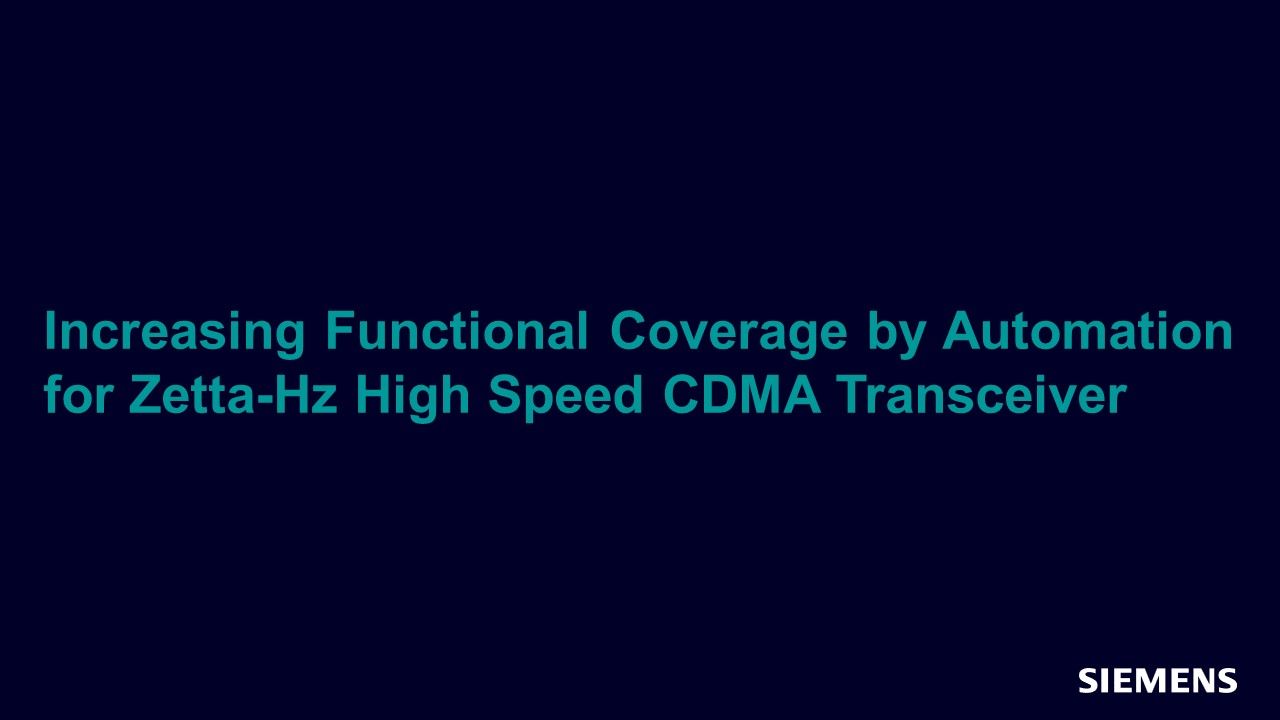Increasing Functional Coverage by Automation for Zetta-Hz High Speed CDMA Transceiver
The efforts to apply constrained randomization to create test cases is based on the developer or verification engineer’s perception of what test vectors are required and can easily lead to hidden bugs being overlooked. Traditionally, the coverage goals would have been reached by writing more test cases with unpredictable schedules, often impacting time-to-market goals. Functional coverage defines critical states and constrained randomization tests those states in unpredictable ways.

Full-access members only
Register your account to view Increasing Functional Coverage by Automation for Zetta-Hz High Speed CDMA Transceiver
Full-access members gain access to our free tools and training, including our full library of articles, recorded sessions, seminars, papers, learning tracks, in-depth verification cookbooks, and more.